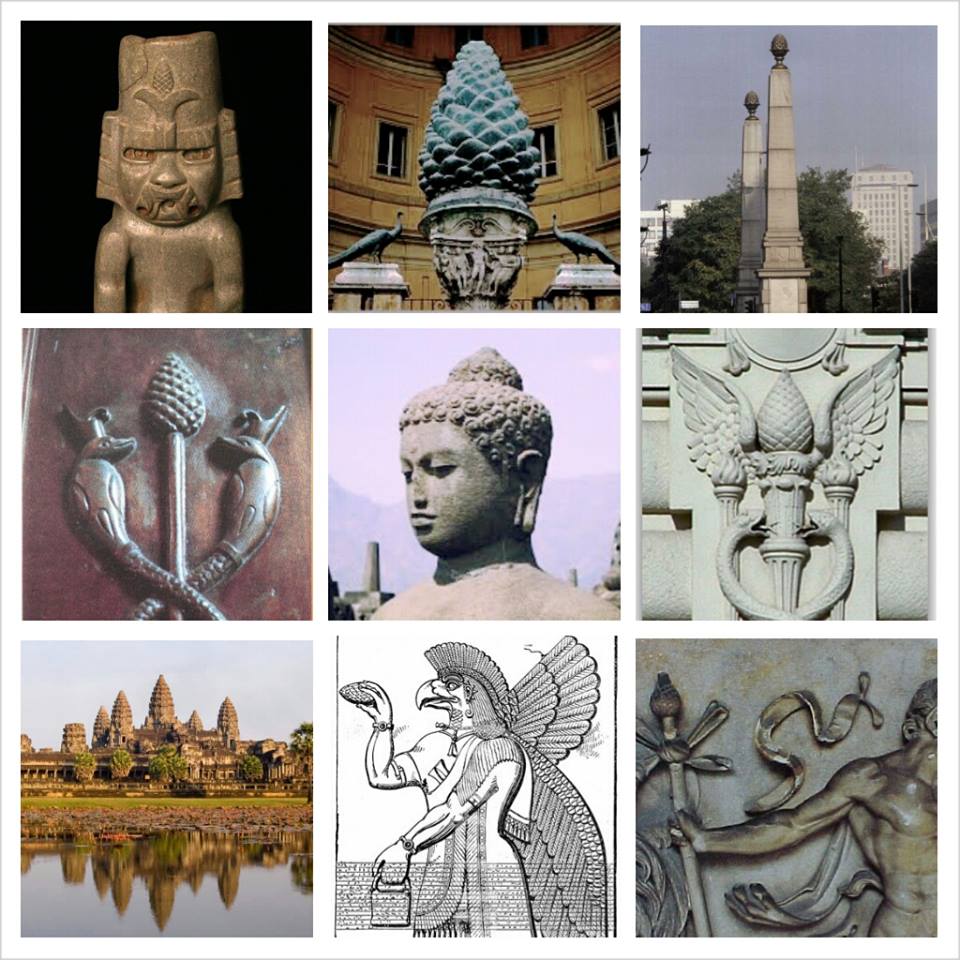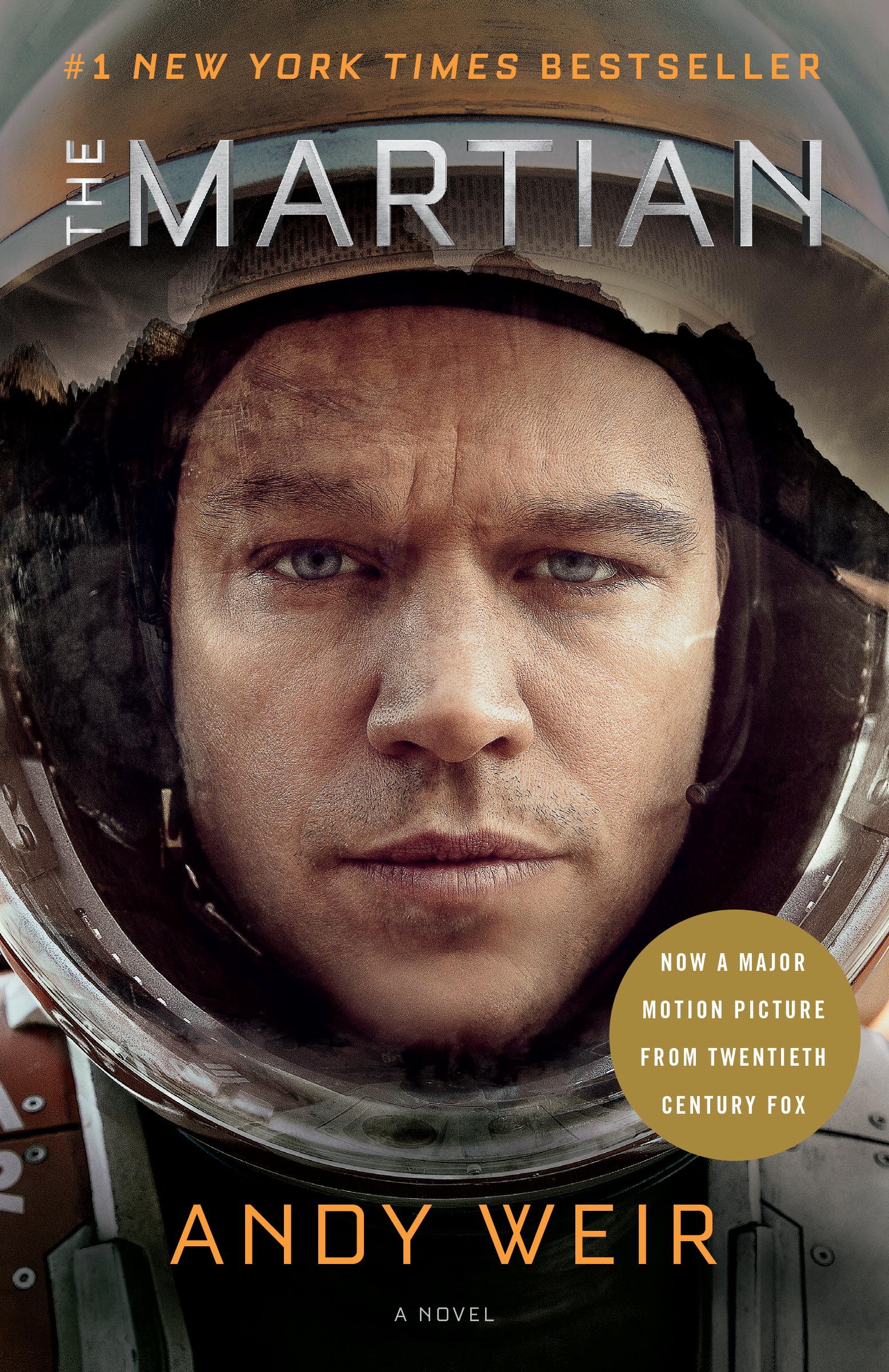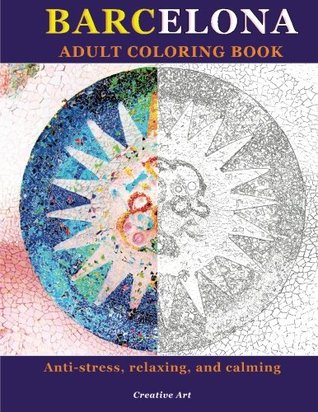In this post, I'm going to focus on glands. A gland is an organ which secretes substances. We have several glands in our bodies, and these can be divided into two big groups depending on where they release their products:
- Endocrine glands - These secrete substances into the bloodstream, for example the pituitary gland secretes hormones.
- Exocrine glands - These secrete substances into ducts which ultimately lead to the outside of the body, for example sweat, tears, milk... Gastric glands (lining the inner walls of the stomach) are also considered exocrine glands, since they release gastric juices into a duct (the stomach) and not the bloodstream.
 |
| Just look at all those little glands! |
The Latin word glans, from which the term originates, means "acorn, nut, acorn-shaped ball." This online Latin dictionary also mentions "bullet thrown from a sling."
The word glans is still used in English today, and it refers to the rounded tip of the penis or the clitoris. I'm not going to add any pictures, but I'm sure you can see the similarity with an acorn! Actually, current-day Spanish (glande) and Catalan (gland), which originate from the same Latin term, have the exact same same anatomical sense. What's more, in Catalan, the word gla (coming straight from Latin) means acorn. In Spanish, an acorn is a bellota. The term probably comes from Arabic, which might have taken the word from the Greek "balanos."
But I'm getting off track.
Let's have a look at a couple glands. I was going to include the thyroid gland here, but its story is so complicated that it deserves its own post, which I'll get to soon.
Pineal Gland
 This tiny gland nestled deep in the brain has been historically linked to spirituality. It's been called the third eye and the eye of Horus, and philosophers such as Descartes have claimed it is the "seat of the soul."
This tiny gland nestled deep in the brain has been historically linked to spirituality. It's been called the third eye and the eye of Horus, and philosophers such as Descartes have claimed it is the "seat of the soul."For a long time, not much was known about the actual physiology of the gland. Nowadays, we know it is in charge of releasing the hormone melatonin, which helps you maintain your circadian rhythm; your sleep-wake periods. The special thing about melatonin and the pineal gland is that production of the hormone and release into the bloodstream both depend on light. Secretion is very low during the day and higher once the sun sets.
As of today, researchers still don't know if the gland is responsible for other bodily functions.
The name in English comes from the French pinéal, which means "like a pine cone." The French form comes from the Latin pinea ("pine cone"), which derives from pinus ("pine tree").
 |
| Pine cones--presumably representing the third eye and the seat of the soul--are present in many cultures worldwide. Have a look at this website for some neat information. |
Ovary
The ovaries are in charge of releasing an ovum every month, as well as releasing several female hormones such as estrogen. The word "ovary" comes from the Modern Latin ovarium. This term descends from Medieval Latin ovaria, meaning "the ovary of a bird." The root word is the Latin ovum, simply meaning "egg." The Spanish and Catalan terms for ovary also originated from Latin, and are ovario and ovari, respectively.
The word "oval" shares the same origin as "ovary." They both descend from the Latin word meaning "egg."
In Classical Latin, the word ovarius meant "egg-keeper."
In modern-day English, we still rely on the Latin term to refer to the eggs which the ovaries release: one egg is an ovum. The plural is ova. In Spanish, the eggs are called óvulos, whereas in Catalan they are òvuls (these are the plural forms with the -s).
Resources
http://www.endocrineweb.com/endocrinology/overview-pineal-gland
http://plato.stanford.edu/entries/pineal-gland/ - Descartes and the Pineal Gland
http://plato.stanford.edu/entries/pineal-gland/ - Descartes and the Pineal Gland
















